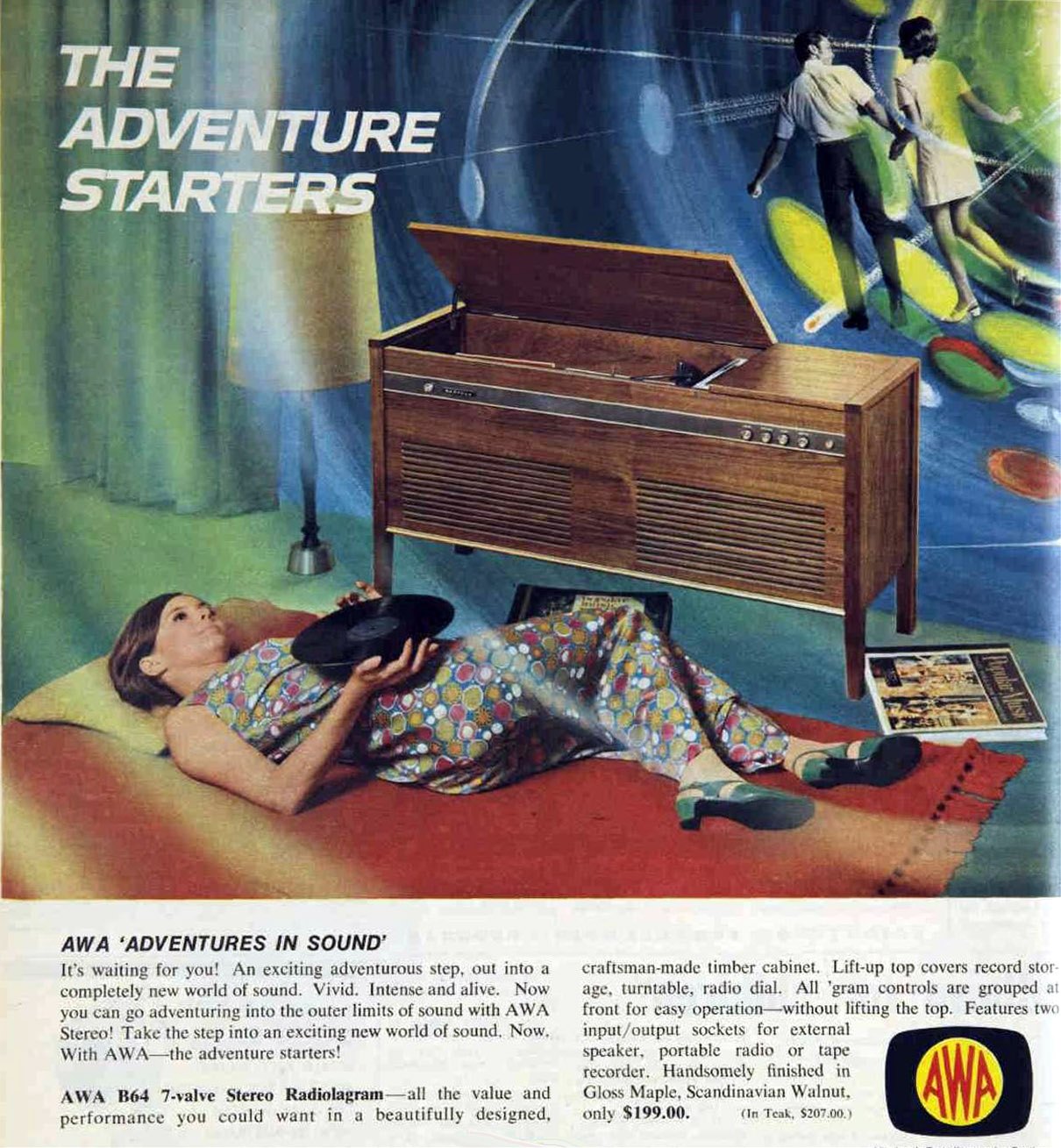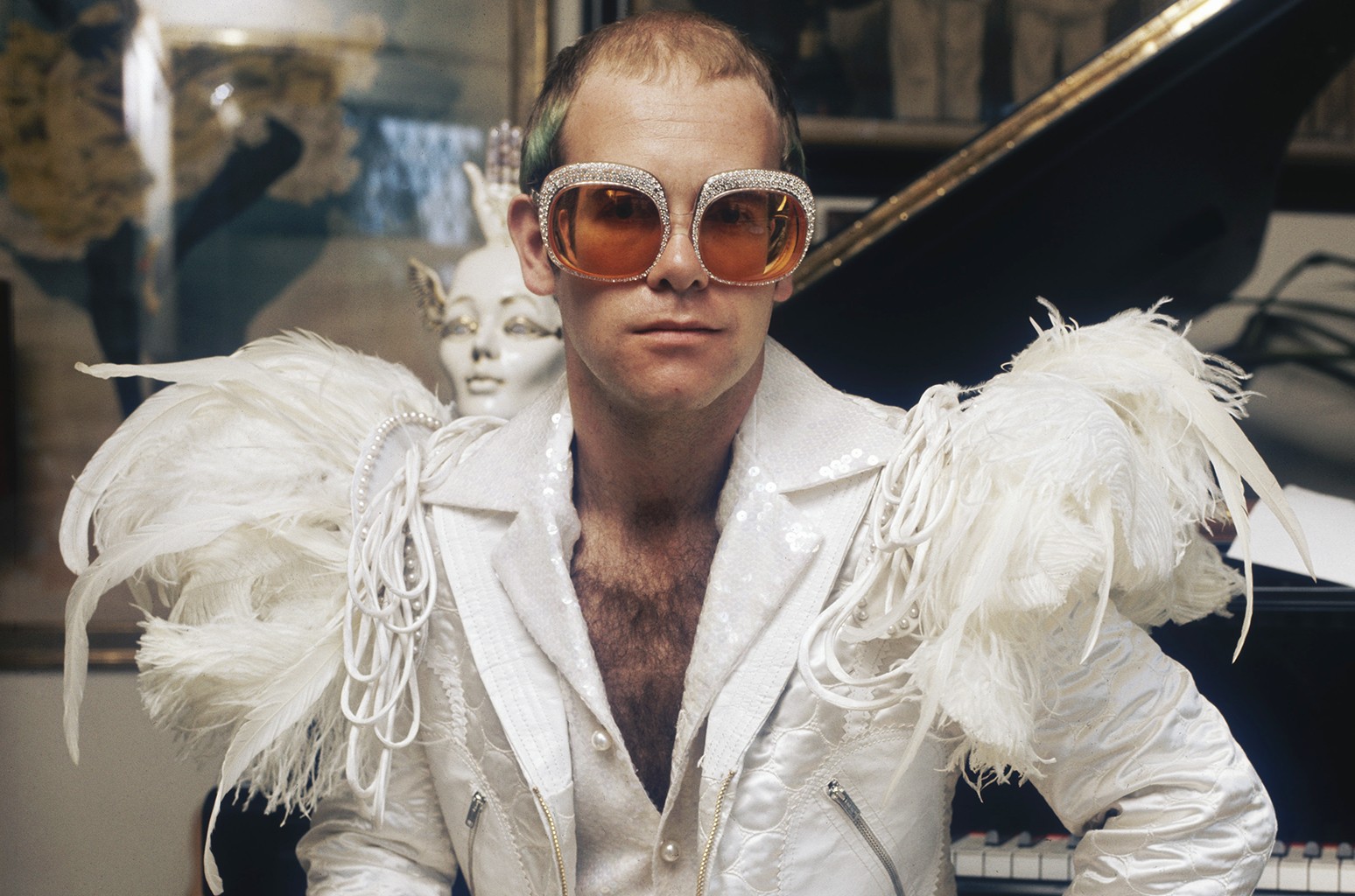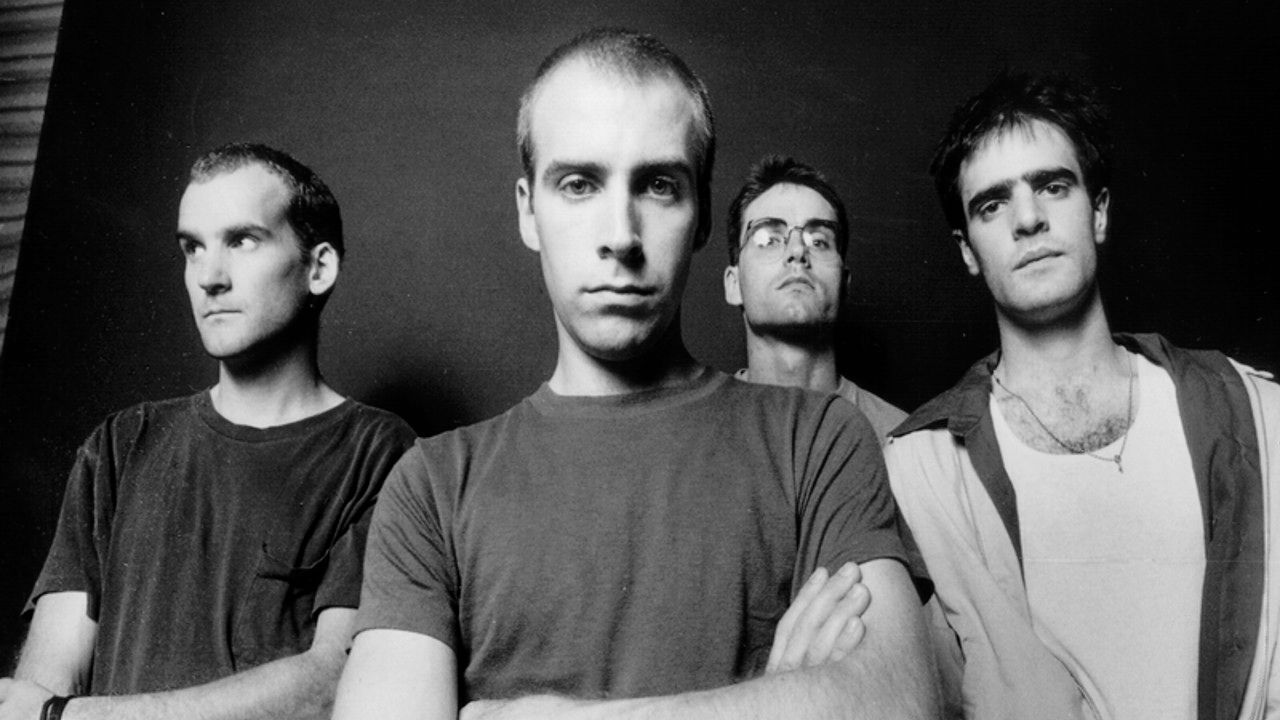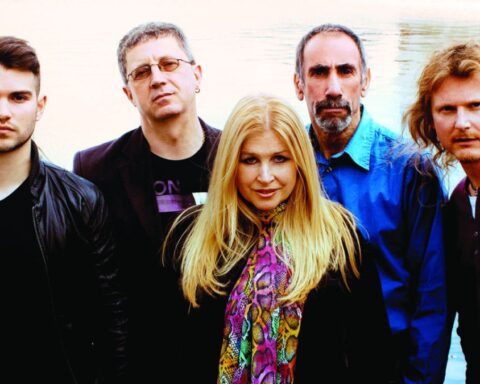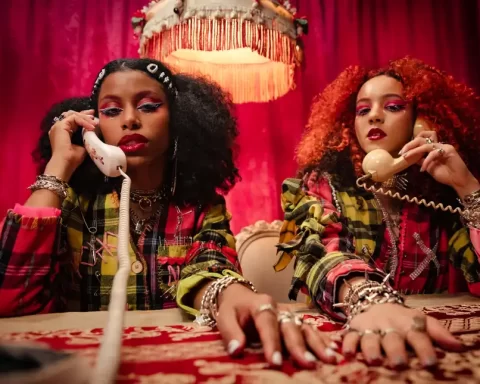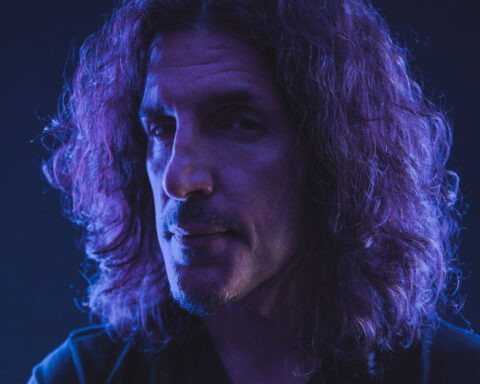Bad Brains is a punk band originally from South East Washington, D.C. They got together in 1978 as nothing but a few teenagers into music. Throughout the years, Bad Brains has been solely about their music and how they can make it inspire; after all, that’s “the highest purpose of art.”
When the group initially got together, they proclaimed themselves as Mind Power. The music they created was heavily inspired by jazz fusion. “Sid McCray (singer among Mind Power) came over my house. He had safety pins and stuff all over him, and he had records – Ramones, Dead Boys, Generation X – I found to be kind of interesting,” Jenifer (band’s bassist) recalls. “The cats couldn’t really play, but they had something to say.”
Not much later, they replaced -not only their name but- their jazz music with punk. They didn’t have much inspiration or a community like they would have in London, New York, or L.A. Punk in D.C. wasn’t a thing. “There was a small group of all of us who were aware. Here’s the promoters: it’s like, ‘Oh, here’s some band, we’ll put them in this restaurant.’ It was a restaurant downstairs and they had a space upstairs. Everybody’s pogoing, and the chandeliers in the ceiling are pumping. The club owners are like, ‘You’ve got to stop!’ Word gets around: ‘Don’t be booking them dudes, man. They make everybody go crazy,’” said Dr. Know (guitarist).
The band hadn’t much of choice but still self-released their single Pay To Cum. It was improbable that a record label would get behind them. So they did everything themselves with sort of a DIY aspect to it. “We pressed it, licked ’em, sticked ’em. There were no labels signing this, it wasn’t like that.” Their mix of rastafarianism, reggae, a bit of funky metal, and their positive mental attitude was brilliant and brought little attention to them at the time.
Inspired by Bob Marley, they took on reggae and its intense power. “And at the time, we were feeling that to be a real musician, you had to have sort of a ‘concept,’ like Scientology. But our concept was based around ‘positive mental attitude’ – we were reading a book called Think & Grow Rich, by Napoleon Hill. Within that book was a lot of little stuff like dealing with adversity, how to get where you want to go. So that tended to fuel our music with PMA. If you listen to our early recordings, we’d always be talking about, ‘We got that PMA!’ But as we kind of progressed, we found that PMA was really through Rastafari for us,” said Jenifer.
D.C. was sort of a brick wall for the band. There wasn’t much of a punk rock community at all. Their music just seemed loud and too crazy for others. In 1980 they moved to New York, performing at the exceptionally well-known club CBGB. They played their nearly every single night. “It’s like, ‘Who are these niggers?’ And we’re in their face, killing it. We got a weekend day, and by then a little buzz started happening,” Jenifer stated. At one point, they even started selling weed to be able to afford basic needs. They were hustling to an extreme, which goes to demonstrate their love of music.
They began recording 1982’s Bad Brains as their name’s buzz and rush was slowly getting around. “We put 110 percent into what we did back then. It was totally from the heart. So I guess you could say the intentions were there to do our best,” said H.R (lead vocalist. His stage name coming from ‘Human Rights’).
Jenifer went on to say: “[The recording] was a pain in the ass. None of this stuff is like, ‘Let’s go do this and be that,’ it’s just like H.R. pushing things this-away and that-a-way. It was kind of labor-intensive to be in Bad Brains at times – emotionally and physically.” As the band’s story unwinds, it’s entirely known that H.R had a short temper.
The album was released in February 1982. And followed, in 1983, was Rock for Light, produced by Ric Ocasek. In 1985, Bad Brains’ song “Pay to Cum” was highlighted in Martin Scorsese’s film After Hours.
A year later, they sighed with SST records and pushed out I Against I. H.R. performed the vocals for “Sacred Love” across the phone from the Lorton Reformatory while doing a bid for a cannabis charge. He was also praised for the performance he put on. Rick Anderson stated on AllMusic, “[H.R.] digs deep into his bag of voices and pulls them all out, one by one: the frightening nasal falsetto that was his signature in the band’s hardcore days, an almost bel canto baritone, and a declamatory speed-rap chatter that spews lyrics with the mechanical precision of a machine gun”. The track’s video was featured on MTV’s then-new 120 Minutes program.
Notwithstanding the success and attention of I Against I, H.R. left the band, bringing his brother Earl with him following an entire touring year. From there, many artists tried to take the space. The band had quite a few disagreements and problems but H.R, and his brother came back after experiencing financial difficulties. That and H.R’s replacement’ just didn’t fit in with the bad. The album Rise was published in 1993, and the tour began the same year, among Mackie Jayson on drums, they concluded in 1994 with drummer Chuck Treece.
For the first time in five years, the primary lineup got back together. Nonetheless, the reunion did not last long due to H.R.’s inconsistent behavior while performing. He did things like punching their manager in the face, and he pounded a skin and a guard. These occasions lead the band to break up yet again. However, they got back together from 1998 to 2001 with the name of Soul Brains.
They worked on various things throughout the years like box sets, books, albums, tours, and two documentaries. They held rank No. 99 on VH1’s 100 Greatest Artists of Hard Rock. In 2016, Bad Brains was nominated for induction into the Rock and Roll Hall of Fame the next year but failed to be inducted.

